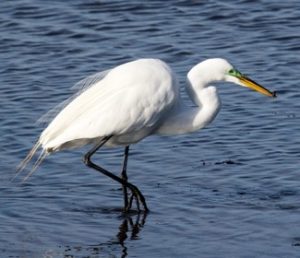Loggerhead Sea Turtle
Caretta caretta

Physical: The Loggerhead Sea Turtle is a large marine reptile known for its robust build and reddish-brown carapace (top shell). Their carapace features a distinctive heart-shaped pattern and is adorned with bony plates. Adult loggerheads can reach lengths of around 3 to 3.5 feet and weigh between 200 to 350 pounds.
Habitat: Loggerhead Sea Turtles are found in oceans around the world, primarily in temperate and tropical waters. They have a wide range and can be spotted in coastal and pelagic habitats, often staying relatively close to shore. These turtles undertake long migrations, moving between feeding and nesting areas.
Feeding: Loggerheads are carnivorous and feed mainly on a diet of bottom-dwelling invertebrates such as crabs, mollusks, jellyfish, and other marine organisms. Their powerful jaws are adapted for crushing shells, allowing them to access their prey. They are also known to consume some vegetation and sargassum seaweed.
Breeding: Female Loggerhead Sea Turtles return to the beaches where they were hatched to lay their eggs. They nest primarily during the warmer months of the year. After digging a hole in the sand, females lay a clutch of around 100 to 126 eggs on average. Incubation typically takes about 55 to 60 days, but it can vary based on temperature. Hatchlings emerge at night and instinctively head toward the ocean, guided by the moon’s reflection on the water.
Conservation Status: Loggerhead Sea Turtles are listed as “Endangered” in most regions by the Endangered Species Act They face numerous threats, including habitat destruction due to coastal development, pollution, accidental capture in fishing gear (bycatch), and ingestion of marine debris. Conservation efforts include protecting nesting sites, implementing turtle excluder devices (TEDs) in fishing gear, and promoting responsible coastal development practices.

Sign up for email or connect through social media.